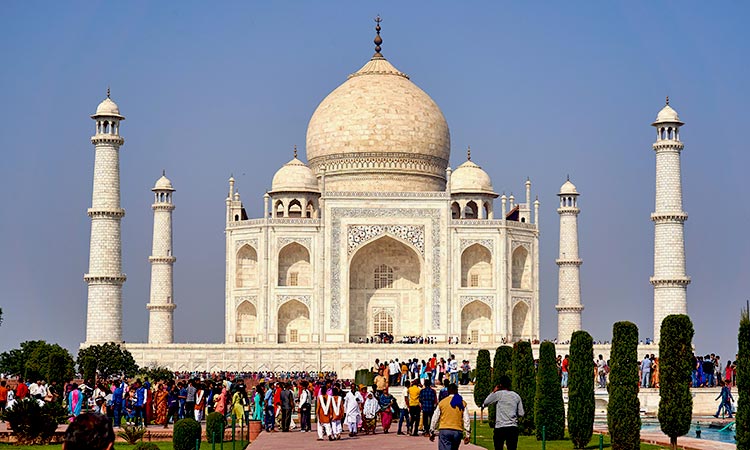maha shivaratri festival
Dates
To be AnnouncedLocation
All over IndiaMaha Shivratri – The Great Night of Lord Shiva
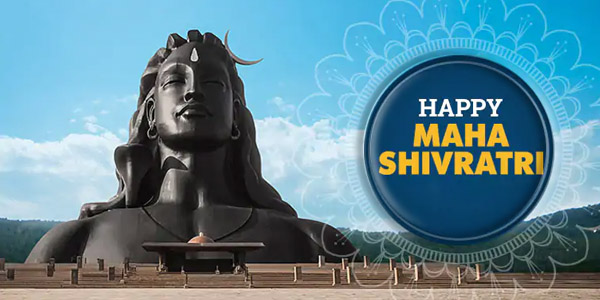
Maha Shivaratri is an annual celebration and an important festival in Hinduism. It is celebrated in the honour and for paying gratitude to the Lord Shiva. This annual celebration is also known as “The Great Night of Lord Shiva” or Grand Shivaratri or Super Ratri.
Recognition and understanding of the form of Shiva in one’s ideology, self and this awareness is called Shivaratri.It is about forgetting your mind and uplifting yourself to dwell upon the Supreme Lord’s greatest Bhakta.
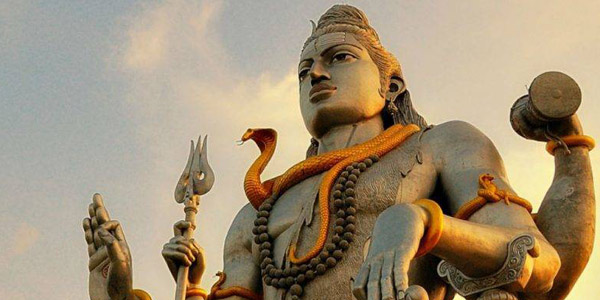
Shiva is the Supreme Lord’s greatest Bhakta or DevoKeDevMahadev. He is considered as one of the God’s aspect. He is believed to be pure consciousness and formless. And, Ratri means night.
In Hinduism, Shiva is an attribute-less philosophy. It is known to be something which is without a beginning and without an end.In this awakening, the person acknowledges that there is a symbol of Lingam. Every being and every entity surrounding us came out of it and will return to it. It is presumed that if a person awakens and thinks about Shiva then his/her inner consciousness is awakened.
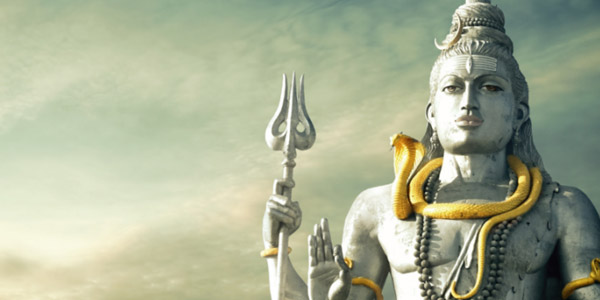
According to Hindu mythology, it is believed that the Gods and demons conducted a SamundraManthan or churning of the ocean. This churning was done in the process of obtaining nectar to make them immortals. But in order to become an immortal someone has to consume the pot of poison that emerged because of the churning movements.
No one in the entire universe was able to even touch the pot of poison as it had the power to burn up the world. Then they all went to Lord Shiva in order to get rid of the poison. Lord Shiva agreed to consume the poison but even if one drop of it has entered his stomach then the whole world would have come to an end.
In this context, Lord Shiva’s stomach is used to represent the entire universe. And, it is believed that Lord Shiva held the poison in his throat because of which his throat was turned to blue (another name used for Lord Shivais Neelkanth).Thus, devotees pay gratitude to the Lord Shiva for protecting the universe from destruction from the poison and its effects.
There are other legends related to Maha Shivaratri festival it is also believed that this day was the day when the Lord Shiva and Mata Parvati got married.
Others believed that on this day of great significance the Lord Shiva performed ‘The Tandava’. It is believed to be the dance of creation, protection and destruction.Some devotees believe that on this auspicious day the Lord Shiva transformed or demonstrated himself in his form of Linga, i.e. the Shiva Lingam.
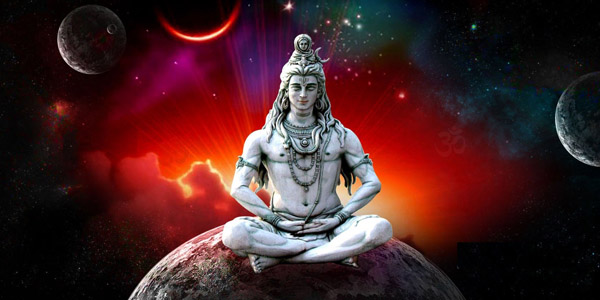
There are various customs and traditions attached to Maha Shivaratri. Some devotees observe strict fast while may consume fruits or kheer. There are some devotees who do not even consume a drop of water during the entire duration of fast.
It is believed that by sincerely worshiping the Lord Shiva on this day of Maha Shivaratri one washes away his/her sins and liberates from the cycle of birth.
To celebrate this auspicious festival, the devotees start by waking up early and then taking a bath. Then they visit the nearest Shiva temple and perform the ritual bath to the Shiva Lingam with milk, water, ghee, honey and offer belpatra.
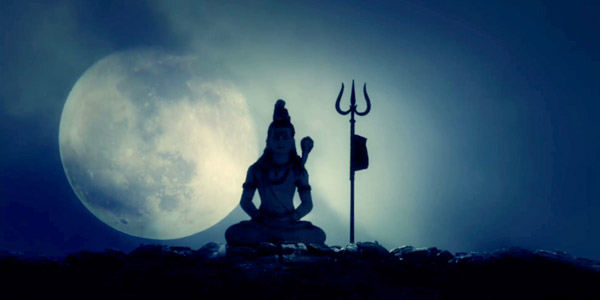
On Maha Shivaratri, people fast for the whole day and night. They go to temples for performing puja of Shiva Lingam. Devotees perform prayers with a desire to get what they ask from the God. Some people take bath in the holy water of Ganga before sunrise.
Every devotee brings a pot of water or milk to worship and offer it to the Shiva Lingam. Worshippers take 5 rounds of the Shiva Lingam and offer waterhoney, ghee or milkon the Shiva Lingam. It is believed that married women pray for wellbeing of their husbands and family and unmarried women pray to get a husband like Lord Shiva (who is considered as the Ideal Husband) while boys pray to get a beautiful wife and success in their lives.
- First, purification of soul, mind and body by taking bath. Then pouring holy water of Ganga on Shiva lingam and bathing it with honey, ghee and milk and offering belpatra (three leaves stalked in one).
- Applying the vermilion paste on Shiva Lingam that represents virtue.
- Offering flowers and fruits that symbolize the desire of long life and satisfaction.
- Lighting of diyaa that symbolize achieving enlightenment and knowledge.
- Offering belpatra for the satisfaction of desires.
- Devotees apply three horizontal lines of holy ash on their foreheads that symbolizes knowledge, penance and cleanliness (as Lord Shiva used to apply).
- Wearing Rudraksha garland made of Rudraksha tree seeds for worshipping.
Devotees generally observe a fast on Maha Shivaratri. Some do not even consume a drop of water while undergoing the entire fasting period.But some consume fruits, sabudanakheer, halwa of kattu and ramdana. It is an amazing festival that is celebrated with great enthusiasm all over India.
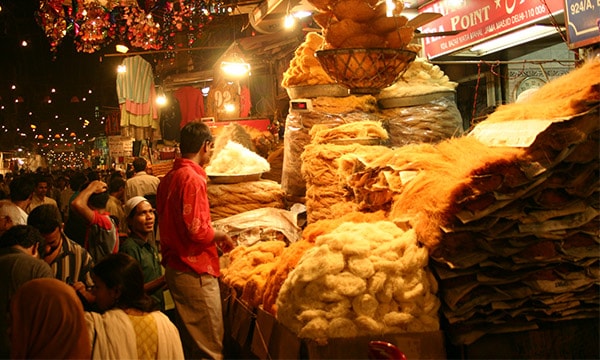
All India travel package
Delhi - Agra
Jaipur - Bombay - Bangalore - Mysore - Pushkar - Cochin - Alleppey - Periyar - Madurai - Tanjore - Pondicherry - Mahabalipuram - Kanchipuram - Calcutta - Varanasi
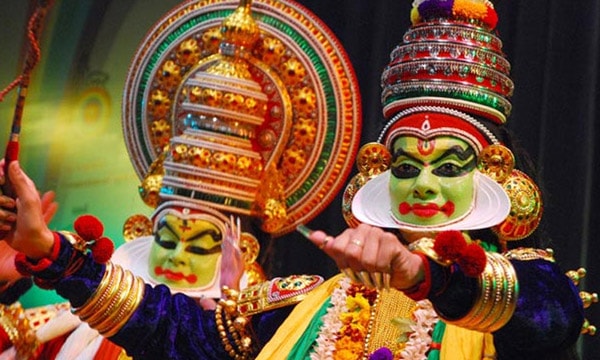
South India holiday from chennai
Chennai - Kanchipuram
Mahabalipuram - Pondicherry - Trichy - Madurai - Kanyakumari - Alleppey - Cochin - Ooty - Mysore - Bangalore
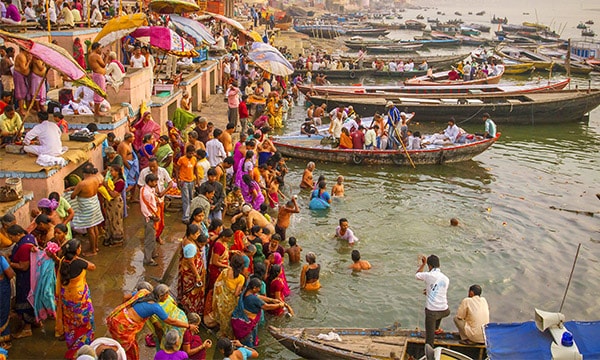
Golden triangle trip with Varanasi
Delhi - Lucknow
Varanasi - Agra - Jaipur - Delhi

